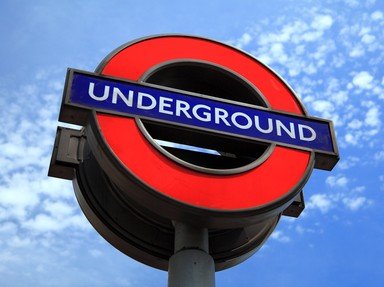
London Underground - history, facts and figures Quiz
London Underground trains carry millions of passengers each day to a wide variety of destinations. This quiz asks about the history, geography, and statistics of 'the Tube'.
A multiple-choice quiz
by picqero.
Estimated time: 6 mins.